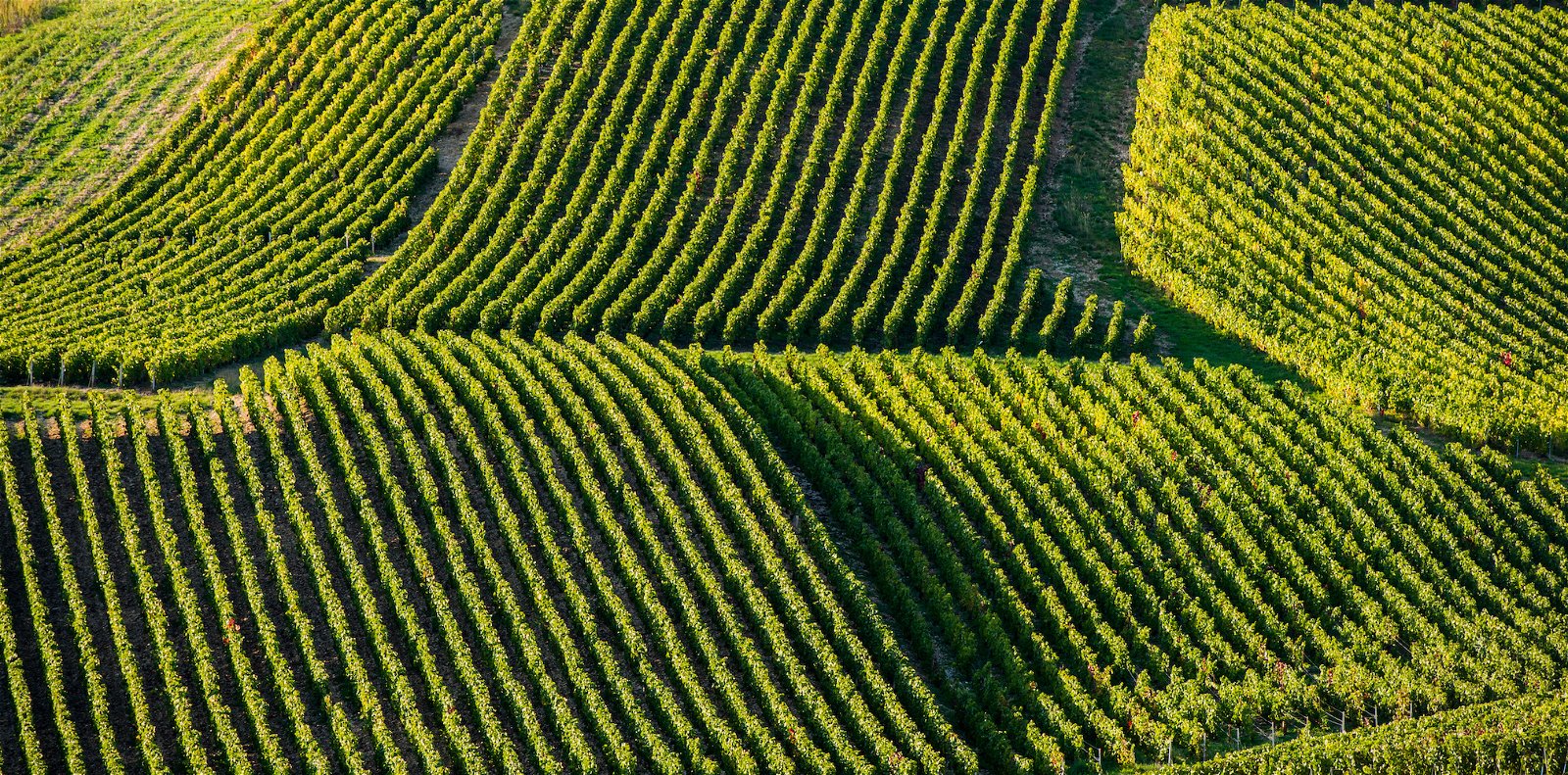
What is Cinsault?
Cinsault, or Cinsaut, is a red grape variety from southern France, widely planted as a heat-tolerant, high-yielding workhorse, but treated carefully it is capable of producing seductively refreshing wine.
What does Cinsault taste like?
Cinsault often appears in a blend, where it contributes soft, bright red berry fruit with modest alcohol and tannin. These attributes also translate well into delicate, thirst-quenching rosé.
Where is Cinsault from?
Cinsault has been grown for centuries in the Languedoc and may have originated here. However, it could feasibly have been introduced from the eastern Mediterranean by Greek traders who colonised southern France in the 6th century BC.
Where does Cinsault grow?
Cinsault’s primary home remains southern France, especially the Languedoc and Var, although it is also a permitted variety in Châteauneuf-du-Pape. While still prolific, Cinsault plantings in France have declined significantly since the 1980s in favour of more easily marketable grapes such as Syrah. Elsewhere, Cinsault’s ability to withstand hot, dry conditions has made it an important grape in both Morocco and Lebanon. Cinsault also has a long history in South Africa and remains widely planted despite a decline in favour of more fashionable varieties. The grape also has deep roots in Chile, with several producers working to promote the high quality of old vine Cinsault from Itata.
Famous Cinsault regions:
- Pays d’Hérault, Languedoc, France
- Var, Provence, France
- Itata, Chile
Anything else?
Cinsault, historically known in South Africa as Hermitage, was crossed with Pinot Noir in 1925 to create a new variety called Pinotage, today the country’s third most widely planted red grape.
Our selection of great Cinsault
- Mas Combarela, St Guilhem Le Désert, Languedoc, France
- De Martino, Itata, Chile
- Natte Valleij, SimonsbergPaarl, South Africa
- Domaine des Tourelles, Bekaa Valley, Lebanon
This grape variety is also known by the name of:
Blue Imperial, Black Malvoisie, Boudalès, Bourdalès, Bourdelas, Bourdales kek, Cuvillier, Cuviller, Budales, Calabre, Cinqsaut,Couché, Espagne, Espagnin noir, Cincout, Cinsanet, Cinq-Sao, Froutignan, Cubilier, Cubiller, Kara Takopoulo, Grappu de la Dordogne, Malaga kek, Chainette, Maurange, Gros de Lacaze, Gros Marocain, Œillade noir, Œillade, Marrouquin, Hermitage, Morterille Noir, Piede rosso, Malvoisie black, Mavro Kara Melki, Picardan Noir, Imperial blue, Piede di Colombo, Milhau, Morterille, Navarro, Pis de Chèvre, Milhaud du Pradel, Marroquin, Negru de Sarichioi, Pis de Chèvre rouge, Salerne, Pedaire, Moustardier noir, Plant d’Arles, Plant de Broqui, Plant de Broquies, Poupe de Crabe, Papadou, Ottavianello, Prunaley, Poupo de Crabe, Piede di Palumbo, Passerille, Ottaviano, Pampous, Ottavianuccia, Ottavinello, Madiran du Portugal, Pousse de Chèvre, Pousse de Chèvre rouge, Petaire, Senso, Prunellas, Prunellas noir, Prunella, Piquepoul d’Uzés, Sensu, West's White Prolific, Samsó, Ulliaou, Strum, Prunelas, Takopulo kara, Ulliade Noire



















